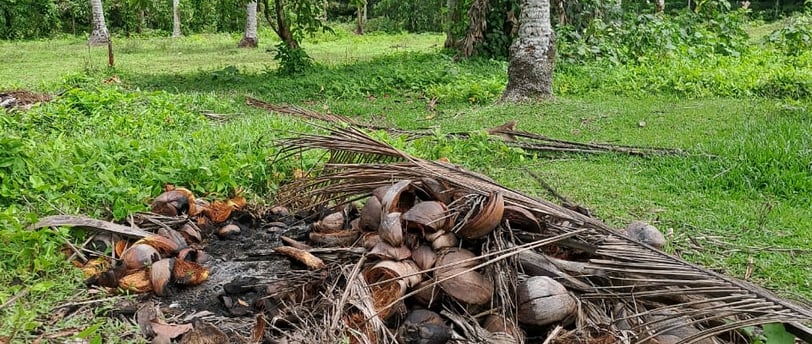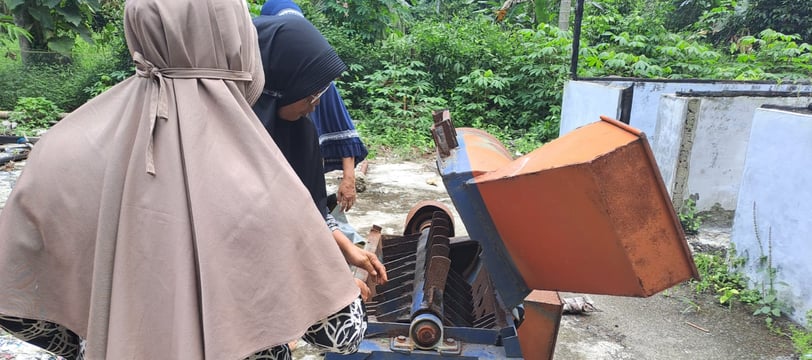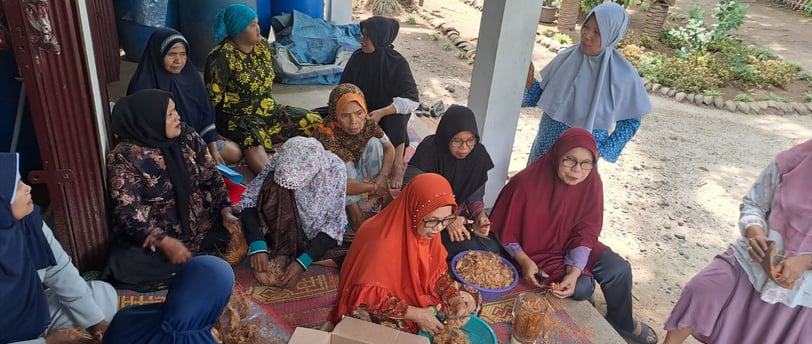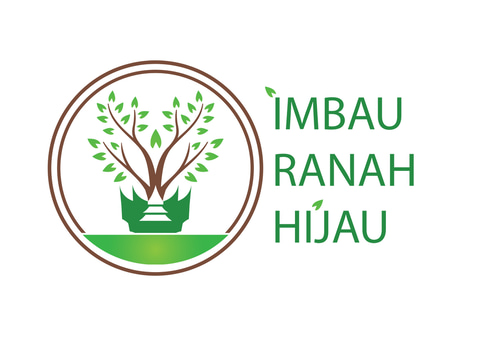Empowering Women Farmers Through Coconut Waste Management Initiatives


West Sumatra is currently ranked as the 9th largest waste-producing province in Indonesia, generating approximately 958,235 tons of waste in 2022. Every day, around 2,392 tons of waste are produced—70% of which is organic. Unfortunately, most waste management practices remain conventional: collected, transported, and disposed of at the final disposal site (TPA), with little to no sorting or recycling involved. This issue is further exacerbated by limited budget allocations, which typically fall below 1% of the total district budget (APBD).
In Padang Pariaman Regency, organic waste—especially coconut husks—presents its own set of challenges. With high coconut production, husks are often discarded or burned openly due to the lack of viable alternatives for processing. On the other hand, data from BPS (Statistics Indonesia) shows that the poverty rate in West Sumatra has increased, with women farmers among the most economically vulnerable groups.
In response to these challenges, we at Imbau Ranah Hijau launched an initiative to transform coconut husks into value-added products such as cocopeat and cocofiber, while also empowering women farmers in the Sintuk Toboh Gadang subdistrict. Each harvest season—which occurs 3 to 5 times a year—women farmers produce between 15,000 and 20,000 coconuts. These coconuts are typically sold to local coconut milk producers who only utilize the inner shell, leaving the husk behind. As a result, coconut husks often pile up in the fields and are eventually burned in the open, contributing to air pollution.
We believe that addressing environmental issues can go hand in hand with local economic empowerment, especially for women. So far, we have organized community outreach and workshops on processing coconut husk waste into cocopeat and cocofiber. These activities have inspired farmers to view coconut waste as a source of economic opportunity. We've also provided processing equipment and started developing product prototypes while mapping out potential markets—laying the foundation for this initiative to grow sustainably and generate long-term impact, both for the environment and for local livelihoods.




